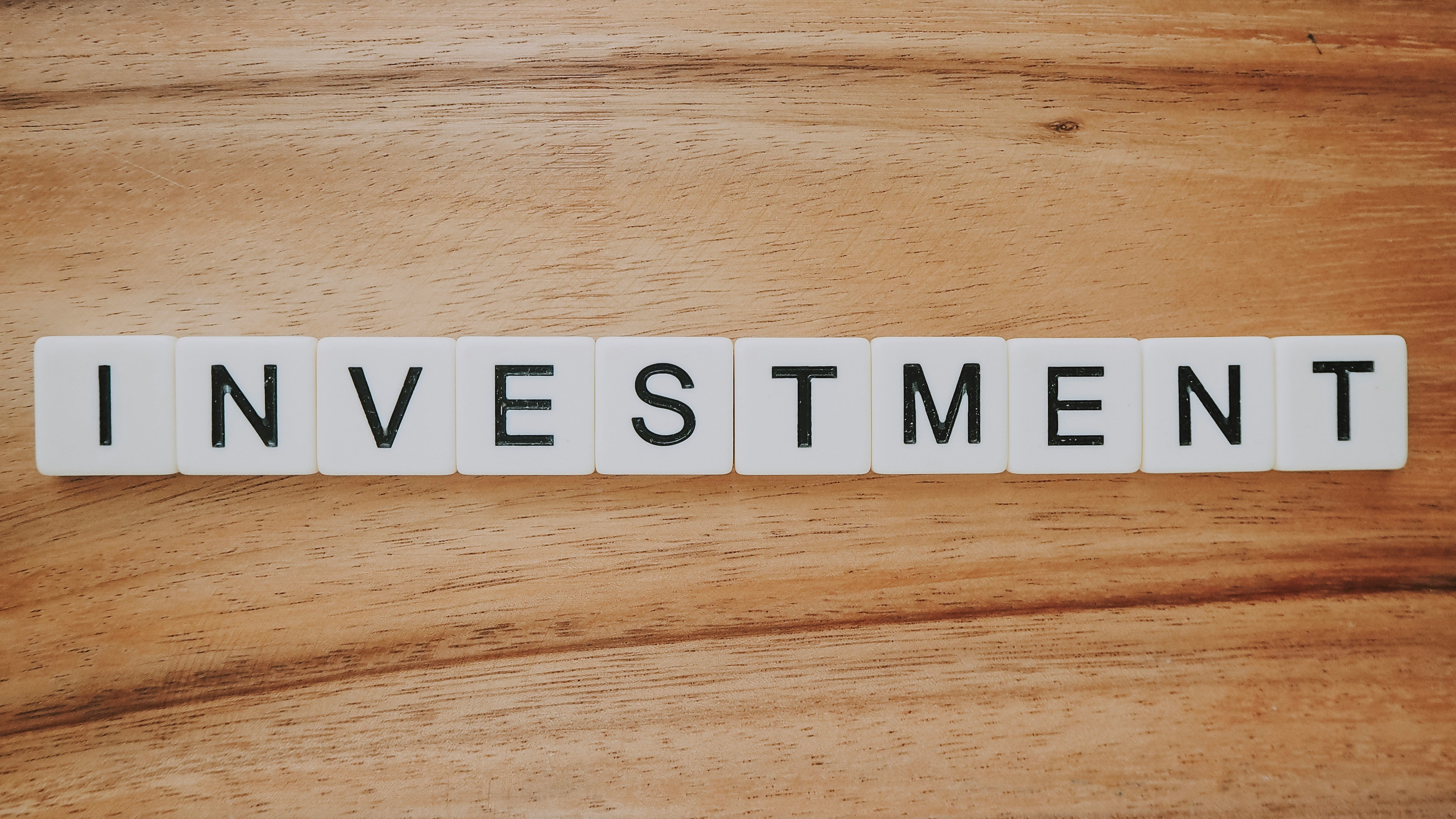Startups are the engines of innovations which face new challenges and develop new products and services to solve them. A SaaS startup isn’t the exception. It’s often a small company with significant growth potential due to its unique solutions.
If you’re considering launching your own SaaS (software as a service) business, you’ve come to the right place. In this article, we will explain what a SaaS company is and how to start a SaaS business.
What is a SaaS Startup?
A SaaS startup is an online business that offers software as a service, often through a subscription model. SaaS startups often focus on providing a specialized software solution to a specific market, and they frequently employ a freemium business model to attract and keep clients. While there are many different types of SaaS startups, they all have the same goal in mind: to provide software that is simple to use and available to a large number of people.
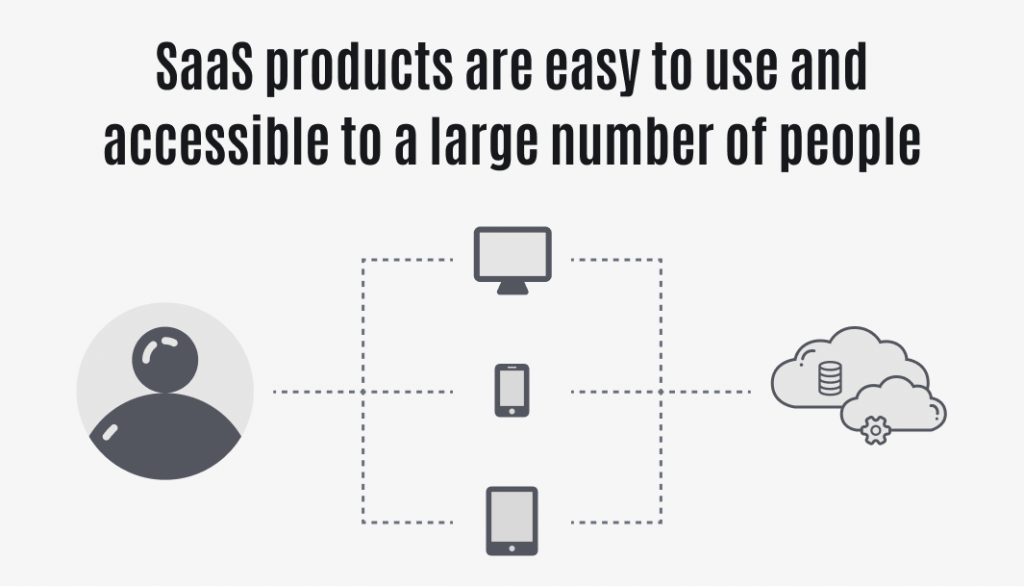
The popularity of SaaS startups has skyrocketed in recent years, with hundreds of new companies emerging each year. The competition, however, is tough, and only a few companies will succeed in the long run. SaaS startups that focus on providing value to clients and creating a dedicated user base are more likely to find long-term success.
How to Build a SaaS Company Strategy
Even if you have an idea for a SaaS company, it is important to understand that without sufficient strategy, all of your efforts will be ineffective. So, let’s take a look at the main SaaS company strategy components.
Find Problem and Develop Solution
Before setting pricing, branding, or growing a team, be sure you have a clear issue to solve and a solution that resolves it. After all, without an issue to solve, you don’t have a business. Here’s what Uwe Dreissigacker, founder and CEO of InvoiceBerry successful SaaS invoicing software created for small businesses and freelancers, says:
“The number one rule for any SaaS business should be to solve your own, real problems and not someone else’s problems. Only by solving a problem, you have struggled with yourself will you fully appreciate how to solve the problem in the best possible way.”
Market Research
Second, decide whether it is a smart idea to create software company. Do market research you intend to enter. If the on-premises strategy succeeds, consider evaluating the model’s advantages as well. Find answers to the following questions:
- Who is your target audience?
- What unique features do they have?
- What are their pains?
- What are your competitors?
- Which business models do they use?
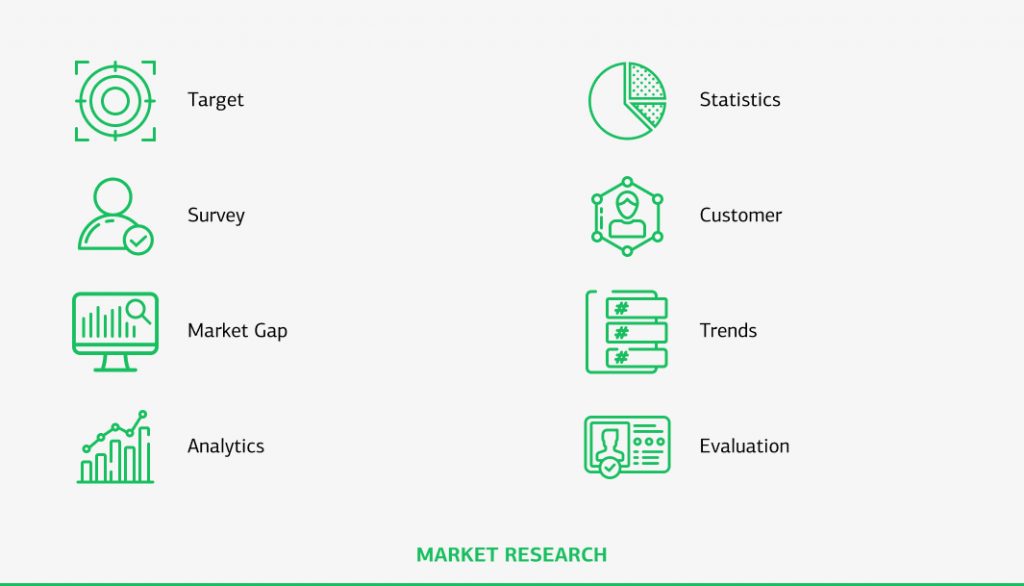
This will help you to establish the market’s specific standards. Along with the formulation of your vision, write a target market description. It should be simple and engaging in order to convince consumers to use your SaaS application. The market research will assist you in exploring business opportunities and choosing which ones are best for you.
Validate Your Idea
When you’ve spent some time developing your lean strategy, you have basically a set of hypotheses. This stage will verify if those assumptions are correct or incorrect. Then, based on what you’ve learnt, revise your strategy.
The easiest method to accomplish this is to reach out to potential consumers. The crucial point is that you get real-world feedback and establish success criteria to decide whether your idea has value.
While talking to customers, you need to specify:
- Have I found a real problem for them?
- Do I have a solution to their situation?
- What is the best and the worst way to approach to promote to them?
- What would they be ready to pay for my solution?
- What solutions are they currently using to address their issue?
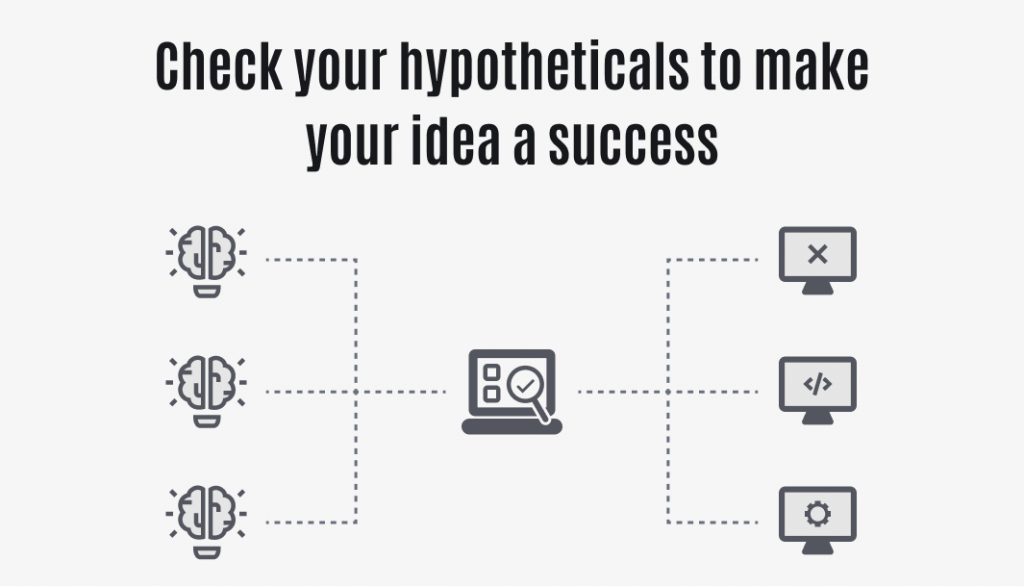
If you discover no real market for your first idea, you may need to try another one.
Competitive Analysis
Knowing your competition is just as important as knowing your consumers. The presence of competitors in your market is beneficial. It implies that an issue has been identified correctly. The task therefore is to determine which part of your competitors’ product is lacking.
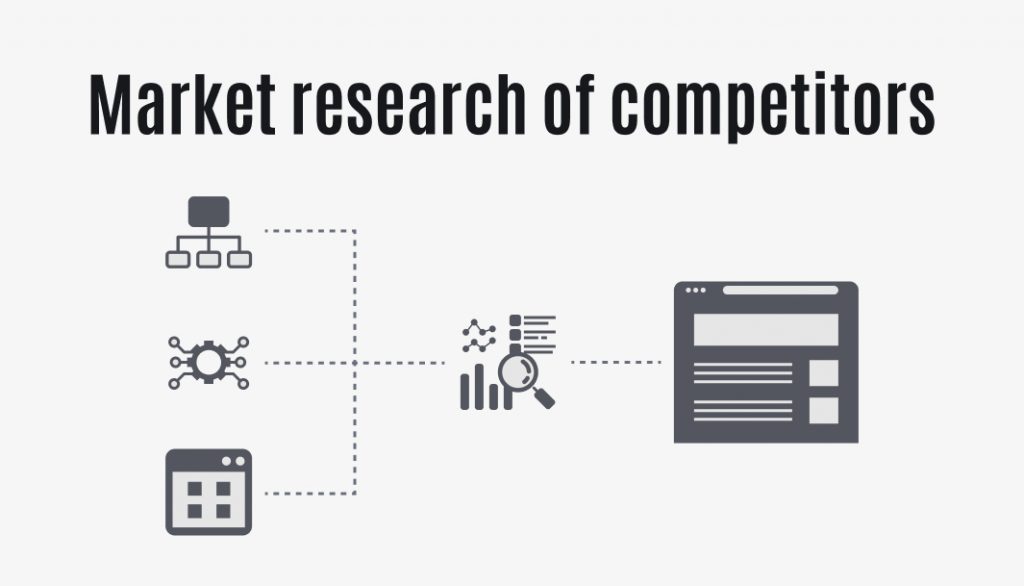
Take into account that your competitors may not be immediately obvious. The business you’re joining may simply have a wide range of companies providing services. Take the time to comprehend and analyse how the competitors handle the problem you’re addressing, and then search for a way in from there.
Marketing Strategy
Some SaaS startup founders make the mistake of cutting back on marketing when starting a SaaS company. Marketing is essential for every business, but it is even more important for SaaS companies. Facebook advertising, content marketing, SEO, a YouTube channel, and email list creation are only the beginning. Consider collaborating with people and businesses who are already established in your industry. Getting a mention from an influencer in your field might help you obtain those first customers. You may also use affiliate programs to boost revenue.
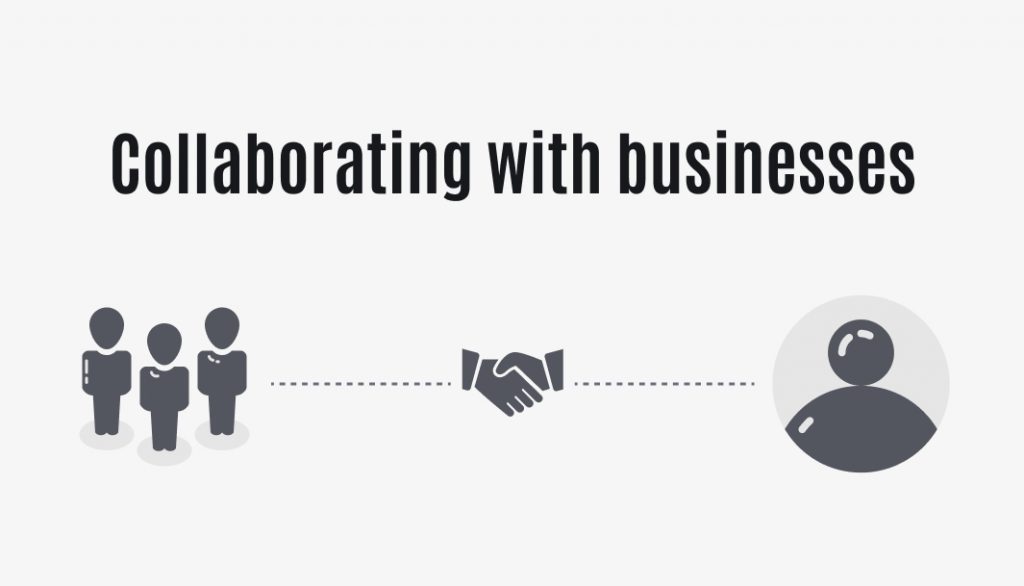
Financing
How will you receive the money to start your company? There are several solutions to this issue. You may bootstrap your business and perform the majority of the hard work yourself. You might potentially start with a bigger sum of money by pitching an early investor or a venture capitalist for investment. And, if all else fails, how about asking the support of friends and family?
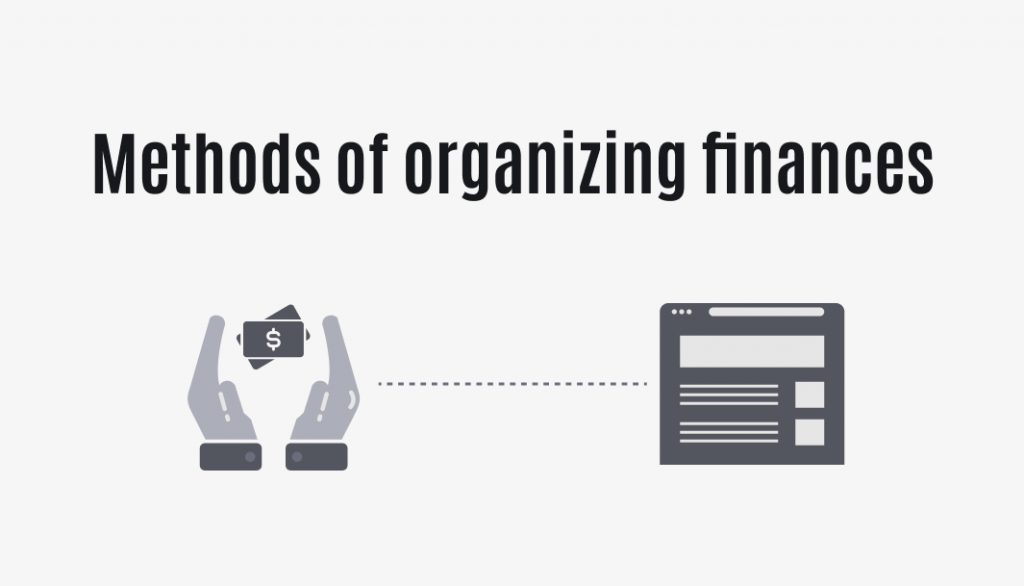
On the one hand, bootstrapping a company provides you a lot more influence over it. You get to make all of the decisions, including how the business will be run and who will be involved. However, it is a time-consuming practice.
Getting the proper investors on board from the start, on the other hand, may boost both your learning and your go-to-market plan. You may also gain quick access to channels that would have taken years to break into otherwise. However, when you bring in outside investors, you will lose some control of your business.
Pricing Model
To manage a SaaS business, you should choose a pricing plan that works for your product. There are some of the most typical pricing models for SaaS startups:
1. Freemium – This business model is typically employed by companies who supply free software and generate money through premium services or add-ons that users must purchase.
2. Subscription – The most common business model for SaaS providers. In this arrangement, your consumers pay monthly or annual subscription to use your services. If you have a product that does not require any modification and has little support, this is an extremely successful SaaS model.
3. Per User – With this model, you charge a fixed cost to your consumers for each user added to the product. This strategy is typically employed by businesses with complicated software.
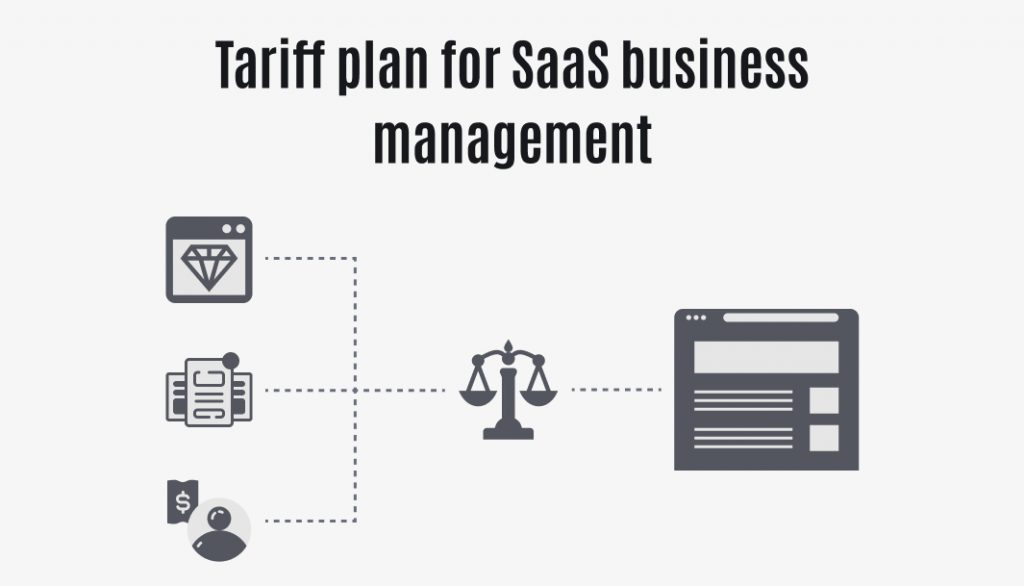
Metrics for Success
The metrics will enable you to make informed decisions, saving you of a significant amount of guesswork. Tracking your key metrics can also assist you in determining how to develop and whether it is a good time to do so.
There are a few metrics that a SaaS startup should pay attention to:
- ARR (Annual Recurring Revenue) is a metric of a company’s profitability, project, or investment object. To get this metric, multiply the total number of customers by the yearly billing.
- Churn Rate. It is the number of clients that quit the service after signing up.
- Sales funnels rates. It demonstrates how effectively you generate leads that eventually convert into paying customers and yearly or multi-year contracts.
- Average Return Per Unit (ARPU). It shows how much money one user delivers to the business on average over a specific period of time.
- Customer Acquisition Cost (CAC). It is the price you pay for each new client.
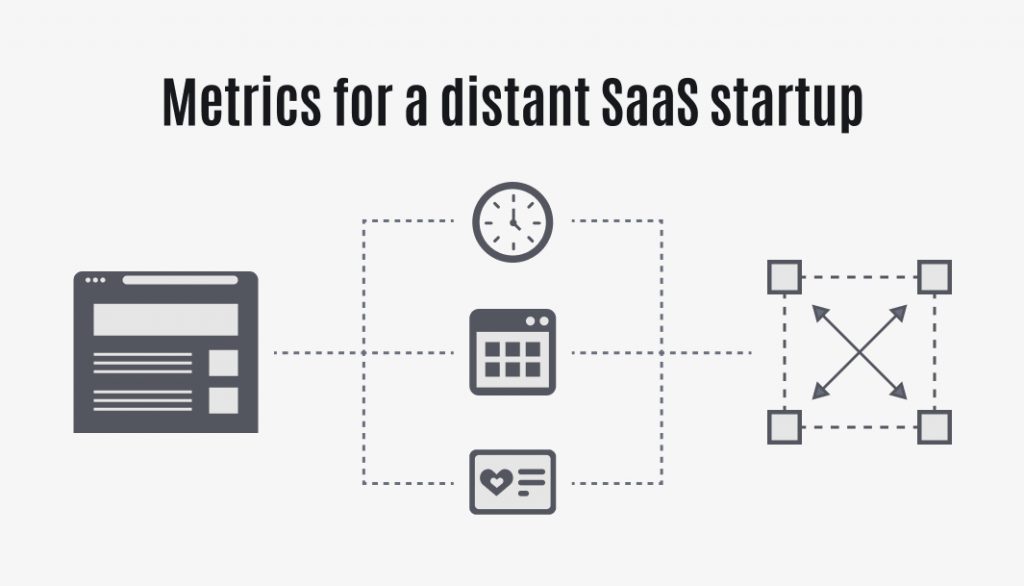
What is your MVP?
An MVP (Minimum Viable Product) is not a full-fledged product but includes enough functionality to attract early adopters and validate an idea. MVP is ready to market and can be scaled and modified further. Although it is not a finished product, it solves a significant problem for your clients. An MVP must appeal to your target audience and make them fall in love with your product. By launching an MVP, you’ll get a lot of benefits:
- It provides a plethora of data about usability and user experience.
- It helps you determine whether your application suits the constantly expanding SaaS industry.
- Customers will tell you whether they want to buy your services.
- MVP helps you to measure the performance of business assumptions and focus on the real impact of your SaaS product rather than just its features.
8 Steps to Start SaaS Startup
1. Come up with a great idea
The first step in starting a SaaS company is developing a great idea. This entails developing a software application that people will want to use. Once you’ve developed a SaaS idea, validating it with potential consumers is critical. This will assist you in determining whether there is a true need for the solution you’re presenting and whether people are willing to pay for it.
2. Develop a business plan
A business plan serves as a guide for developing your software-as-a-service solution and running a software company properly. Let’s go through the key aspects you should include in your strategy if you want to know exactly how to construct a SaaS solution. We’ve described it in more detail at the beginning of the article.
- How will you differ from the competitors?
- What are your potential consumers’ key pains, and how will your product address them?
- How will you reach your audience? Create a marketing strategy.
- How will you monetize your SaaS product?
- Where do you wish to receive financial protection, and how do you want to use it? Estimate your key costs and divide them into categories.
- Finally, list key objectives for the first few months of your business.
3. Define SaaS functionalities
SaaS product performs a wide range of functions, resulting in various features in SaaS development. However, basic functionality must be included in any SaaS solution. Let us underline these important needs.
- Multi-tenancy. Each client or tenant shares the application instance and a single database. It is a cost-effective option with reduced SaaS maintenance expenses and better processing capability.
- Self-service provisioning. It indicates that automated methods are used to establish service delivery. As a result, it accelerates the entire process and makes it more consistent, reliable, and scalable.
- Security measures. SaaS provides data encryption and application security for consumers. The second step includes safeguards against some security flaws. Identity management, access control, multi-factor, and step-up authentication are all security measures. It is also critical to provide session management for all SaaS application users.
- User activity tracking. Audit logs enable the tracking of changes and the prevention of intrusion. It is extremely important in data protection and dealing with concerns of integrity and access.

Learn from your competitors for a more particular functionality. We recommend that you analyze the SaaS solutions of your competitors to create a list of features that are specifically necessary for your niche. Distinguish between core features that solve consumers’ concerns and nice-to-have features.
4. Choose the technical stack
The saas tech stack is a set of software development programming languages, frameworks, and tools. Nowadays, technology provides a plethora of possibilities from which to choose. As a result, determining how to create a SaaS company and define a solution stack is not a simple task. Another aspect is the requirements of your business. However, at EVNE Developers we help to choose the most appropriate tech stack for your business.
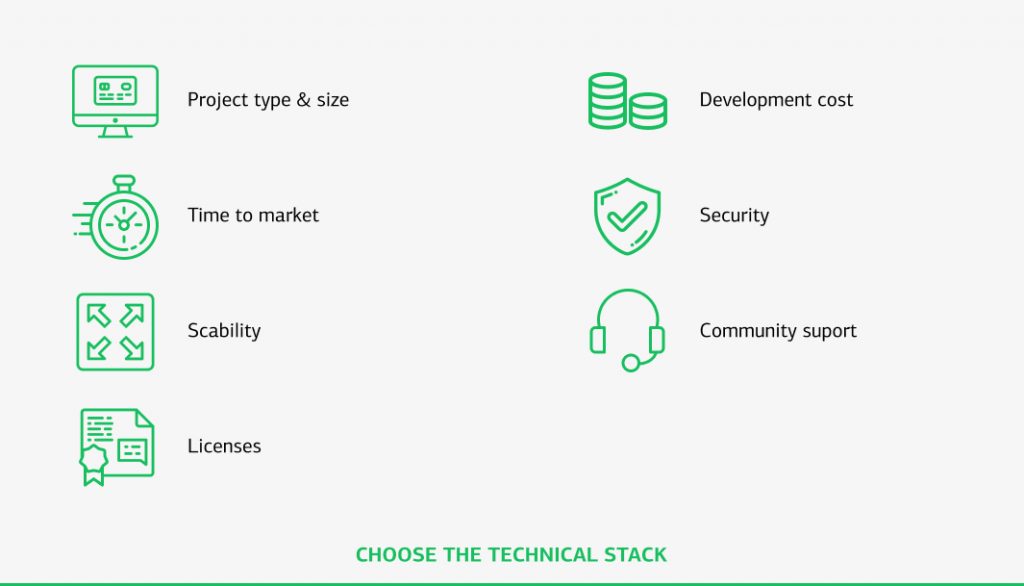
Let’s go through the necessary SaaS app development components and the most common options for covering them.
Front-end
Front-end development is in charge of everything that users see on their displays. You will need sophisticated JavaScript frameworks that match SaaS standards for these objectives, such as React, Angular, or Vue.js.
Back-end
The server side is handled by back-end development. It develops the basic functionality of your SaaS product and formulates its responsiveness while remaining invisible to consumers. A solid framework, such as Ruby on Rails, Node.js, or Django, can be a smart choice.
Database
Databases store the information required by your applications. We recommend PostgreSQL, MySQL, or NoSQL databases. PostgreSQL, the most powerful open-source database, can be chosen as the foundation for our cloud web solution.
SaaS hosting provider
Any trustworthy cloud provider, such as Amazon (AWS), Google, Microsoft, or Heroku, will be enough to meet SaaS requirements. We often choose Amazon Web Services because of its dependability, flexibility, and security.
5. Create your team
To develop a successful SaaS-based product, you will need to hire a team of:
- Business Analyst;
- Project Manager;
- UI/UX Designer;
- Software Developers;
- Quality assurance Engineers;
Finding the proper professionals might be as difficult as creating a strategy for building a SaaS solution. Below you can see the three options you can rely on:
- In-house-team. It could be the first thing that comes to mind, but don’t jump to any conclusions. Such a solution is ideal for organizations that have already achieved success and have a steady ongoing workload. However, this method allows you complete control over the development process.
- Freelancers. It is the most affordable alternative offered by freelancers. They may have extensive knowledge of certain industries and technology. However, you must manage their job and regularly monitor them because there is a considerable potential they may be unreliable.
- Custom software development company. It is a convenient solution between the previous options. This method will work for businesses of all sizes with varying project scopes. You receive a remote workforce that provides high-quality services without needing to manage it, and you just pay for the specific job.
6. Make it legal
While no credentials are required while building a SaaS software, you may need to adhere to the industry you want to market. Be careful to research the industry’s unique guidelines and regulations and legally establish your business.
7. Develop
When you have chosen a technical stack, established your team, and analyzed the business idea and strategy, it’s time to start the development process, which consists of design, coding, and testing processes. The time and costs of product development depend on its complexity, features, functionalities, and chosen technical stack.
8. Launch MVP
You can launch your product once you have successfully completed all steps. When the product is out, your job is to collect feedback from the early adopters quickly. Perform a survey or an interview, for example. After feedback, what has to be changed will be clear: something must be added, and something must be permanently deleted.
Don’t be upset if your product receives a lot of negative feedback; this can be utilized to improve it. The MVP is a critical milestone for anybody wanting to launch a startup. It enables you to do market research and swiftly test your company concept to see whether it is worthwhile to develop the product further.
Examples of The Best SaaS Startups in 2022
1. Seedata.io
Seedata.io, founded in 2021, is a cybersecurity company that assists organizations in limiting the risk of data breaches and leaking. To identify risks, the organization employs cutting-edge threat intelligence technologies. These threats also include previously unidentified threats. Because it uses AI to detect possible risks, its deception technology can spot breaches before they occur.
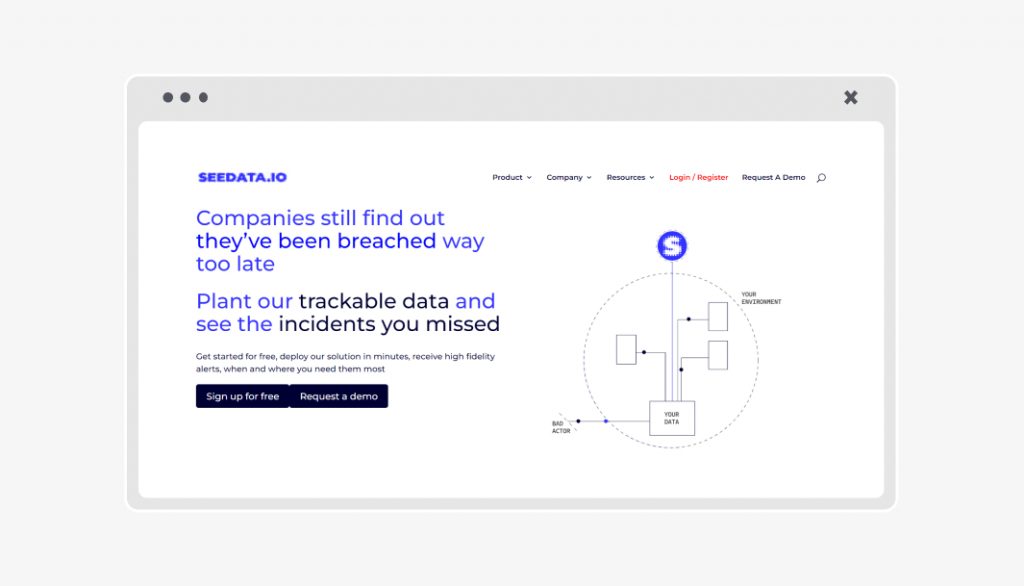
2. Fuse Autotech
Fuse Autotech was launched in 2020. It is a new and interactive auto showroom created by dealers. It offers a platform for auto dealerships and buyers to pick a vehicle, buy it, and make payments all online. Its objective is to give a consistent experience both online and in person.
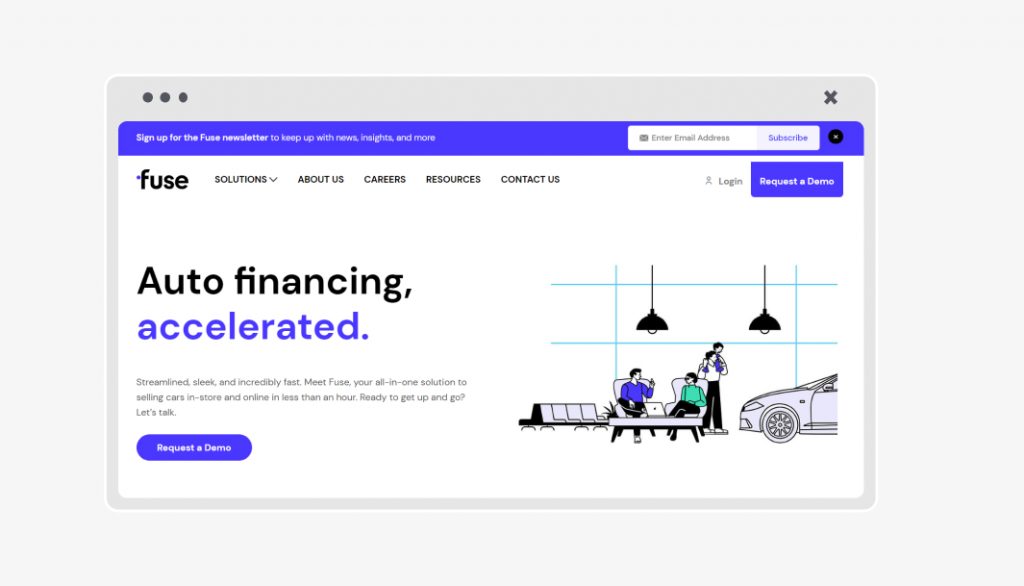
3. Phyllo
Phyllo is a 2021 company that provides APIs for collecting data and insights from the creative economy. Every day, YouTubers, Instagram Influencers, and TikTokers create massive amounts of data. This startup intends to provide APIs for accessing such data, allowing corporations and other innovators to fine-tune their efforts.
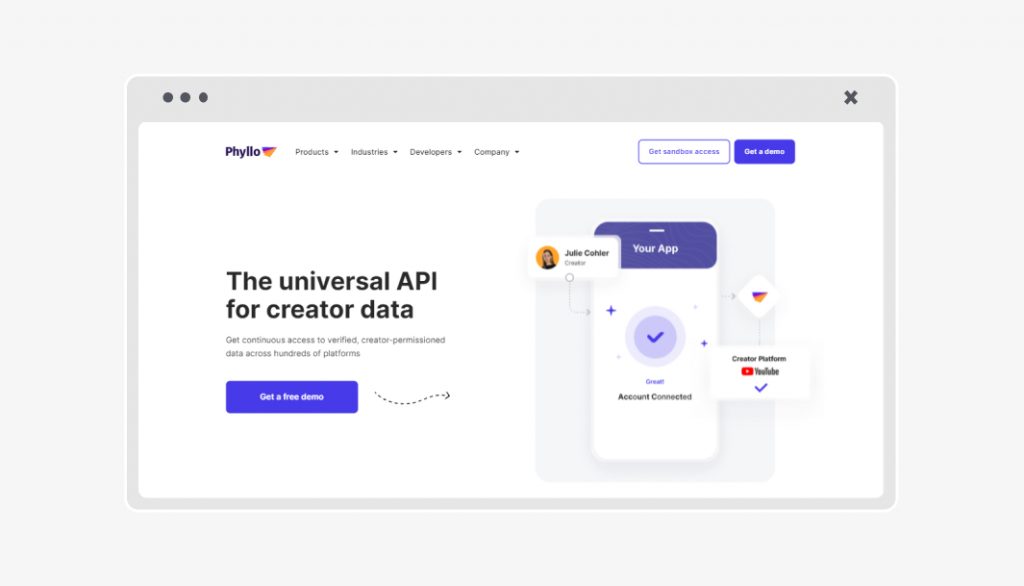
The Final Word
Now you know the basic steps of how to build a SaaS business. Because the SaaS industry is continually developing, it is time to launch a new and unique solution by specialised saas development services. It is important to remember that a SaaS product concept must be properly thought out and supported by business and market research.
It is also essential to have an experienced team that understands the SaaS industry and can create a solution that is helpful to users. Want to take the first step toward starting a SaaS company? Do not hesitate to contact us. We can help you choose a technical stack, a dedicated team, develop and launch your MVP.







